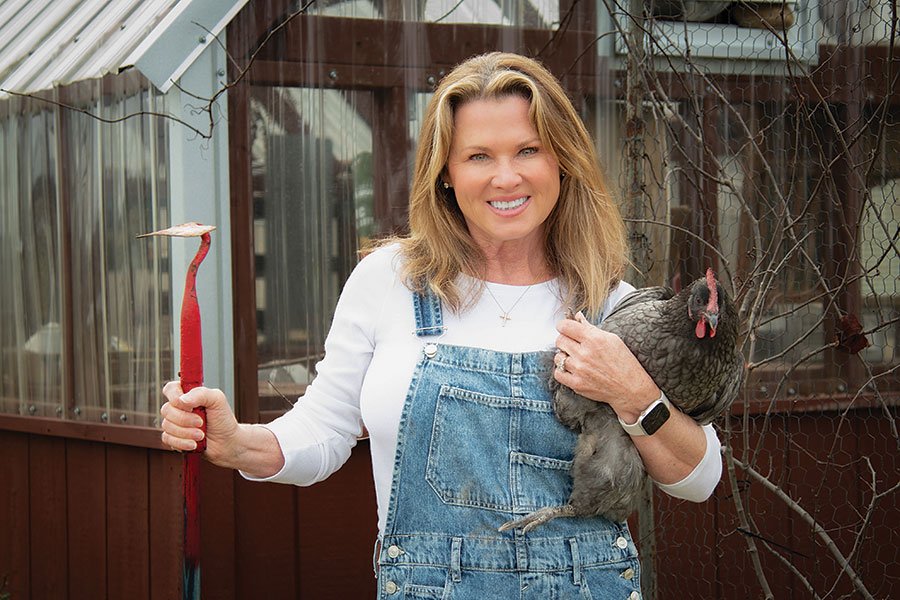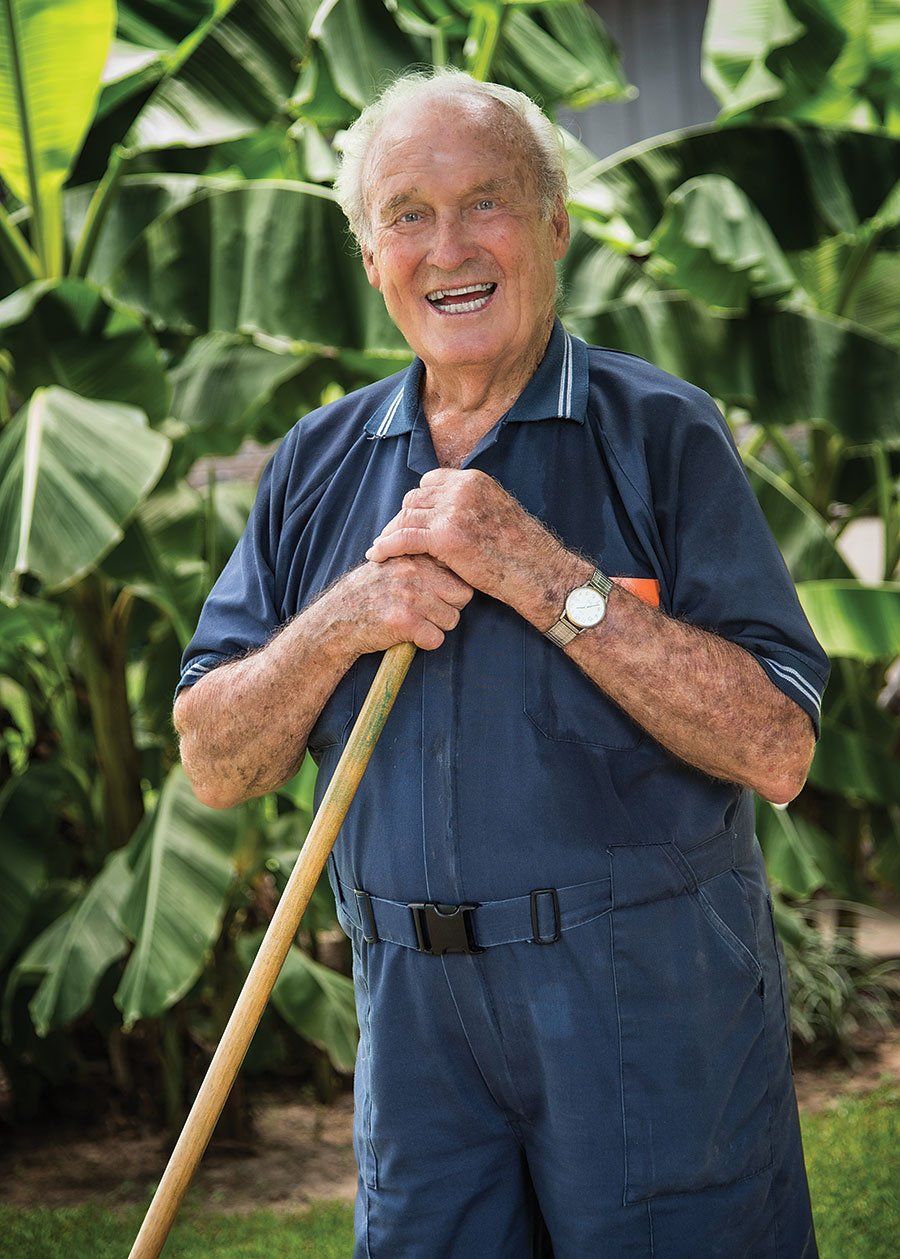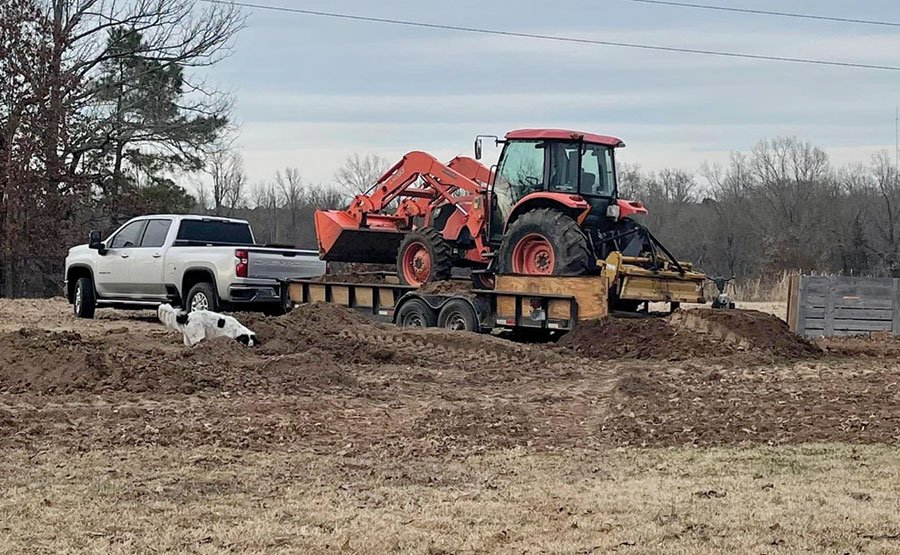A Chip Off the Old Block
/Gardening Enthusiast Robin Choate Proctor Shares Family Stories and Tips
By Robin Choate Proctor
(Photo by sandy dunham)
You may remember the book All I Really Need to Know I Learned in Kindergarten. As that might be true, I would have to say almost everything I learned about gardening I gleaned from the generations that came before me. I vividly remember watching my grandfather tutor us in the proper way to pick strawberries in his garden. He would take a wide stance over the row of berries to make room for his rather robust belly so he could successfully reach the berries and carefully pluck as not to disturb the plant. He knew the value of good dirt and a great garden. More than once I witnessed him putting up corrugated metal barriers to prevent his prized soil from running into his neighbor’s yard (a bit extreme, I must admit!).
My father was also a masterful gardener; many knew of his legendary six-foot-tall tomato plants and large plot of turnip and mustard greens on Eli Street. I can remember on more than one occasion him looking out his kitchen window to see someone helping themselves to his turnip green patch. Always willing to share, he would quickly go out to greet and chat, offering grocery sacks to fill. And, like my grandfather, he would instruct them on how to pick greens correctly. Every year, as his tomatoes would ripen, he would generously share his bountiful harvest with just about anyone. Hand-delivering a bag of freshly-picked tomatoes brought him so much joy. It’s no surprise that my love for gardening originated with my dad, Bobby Choate. As spring would arrive, he would plant an outlandish number of tomatoes. Like clockwork, I would say, “Dad, you don’t need to be planting this many tomatoes at your age. Just have a small garden for you and your close friends.” I knew full well he would never listen! Oh, how I miss saying that.
Robin’s father, Bobby Choate, instilled a love of gardening in his daughter. (Photo by sandy dunham)
When Dad passed away two years ago, he left behind treasures that held very little monetary value, but most valuable to me was his plot of dirt that not only held his garden but also his sweat, hard work, dedication, and so many memories. In the days following his funeral, my husband was kind enough to load up our tractor and go to Dad’s house, where he proceeded to scrape as much of his topsoil onto our trailer for me. I will forever believe there is a little bit of magic—and a whole lot of my dad—in my garden to this day.
Robin had her father’s garden soil moved to her own land.
Do I consider myself a master gardener? Goodness no—more like a wannabe homesteader. I love my garden, my chickens, our cows, and canning what I grow. And I can say, without a doubt, that I learned from the best.
Robin is getting ready to start this year’s tomato seedlings. (photo by sandy dunham)
So, let’s talk gardening. You may have envisioned yourself strolling down perfectly manicured rows of veggies and fruit just waiting to be plucked. The best place to find that is your local grocery store. Even though it’s not picture-perfect, harvesting is the cleanest and most rewarding part of this process. What comes beforehand is time, patience, and the willingness to get a little dirty. There are weeds, insects, blisters, and more. So, why would you ever want to do this? Because it is worth it! To this day, I am still amazed when the small seed I place in the ground grows into a thriving plant. Here are a few pointers to keep in mind:
Know your space.
Most plants require adequate sunshine and water. If your space is primarily shaded, you will have to take that into consideration. Your space will also determine the size of your garden and what you can plant. I remember one year planting a couple of short rows of corn—big mistake. Some plants, such as cucumbers, certain squash, watermelon, and cantaloupe, require room to stretch out and grow. A trellis can be a great option for cucumbers—something as simple as chicken wire stretched and secured between two posts. Leftover chain-link fencing would work great as well. Plant spacing is vital for growing a plant to maturity. Your plant may only measure a few inches tall, but given the proper space and care, it will grow.
Know your soil.
Developing your soil takes time. Be patient, grasshopper! When you begin to turn the soil, you may discover a gravel mine, a clay factory, or roots that reach down to China. This is when you might consider an above-ground garden. There are kits available, or you can build your own from scratch. Read and research, and most importantly, be brave and try. Your nail tech may cuss you for it, but get your hands in the dirt.
Timing is everything.
We are most definitely blessed in this area with challenging weather. There may be a week that is so hot that your only concern is to keep the plants from burning up. The next week, there may be an impending frost. Don’t forget the deluge of rain we might get for several days followed by a drought that rivals the Sahara Desert. Weather can be challenging. Dad always said to wait until after Easter to plant your tomatoes. The Farmers’ Almanac is a good resource as well. Truthfully, it’s hard to know, so just do your best, and don’t get too discouraged if Mother Nature throws a wrench in your endeavor.
Make a plan and get after it.
Nothing ventured, nothing gained. Spring is near, and the time to start was yesterday, so let’s get a move on! I can’t wait to get out there and start turning the soil, planning the layout, and yes, planting 98 or more tomato plants. When I’m wrist-deep in the dirt, I most certainly will hear my dad’s sweet voice saying to me, “You better plant that tomato deeper,” and, “Little girl, you are a chip off the old block.” And I will smile.




